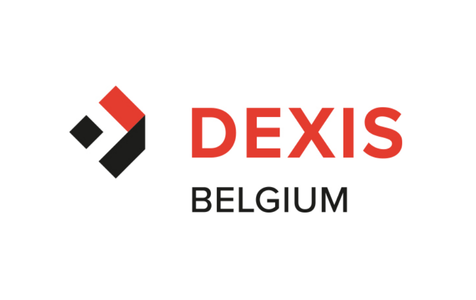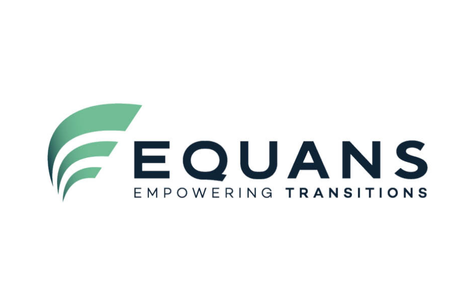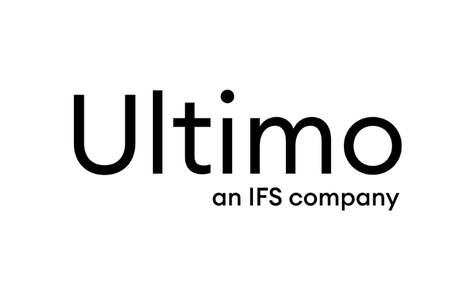How can measurement performance contribute to an improved overall asset performance
Often in asset management the role of well performing measurement devices is underestimated. The reason is that only an “asset perspective” is considered ignoring the role of measuring devices. As in the common understanding this is generally “not from where problems arise”.
Measuring devices have the specificity to be at the same time a device like any other that requires maintenance but in addition are the “eyes and the ears” of the process. What is then the consequence if the information they deliver to the “brain” is not reliable? In other words: “what is the impact of measurement accuracy on plant performance?”
In this workshop, we'll focus on understanding how to deploy intelligent instrumentation assets and digitally connected to IIoT-cloud-based systems. Furthermore, we'll see what is the best maintenance strategy and how instrument maintenance can positively impact overall performance, hence how e.g. calibration management can have a positive impact on production KPI’s like OEE. We'll also explain the role of scientific data algorithms in such optimized maintenance strategies. In the end, this leads to operational cost reduction, risk mitigation and minimizing unplanned shutdowns.
Learning objectives
During this workshop, you’ll learn:
- How instrument notifications according to NE107 can be integrated into leading systems
- How you can use data to balance risks and cost optimization within your effective calibration management
- How mitigating measurement inaccuracies incorporated in asset management strategies and can lead to an increased performance and efficient maintenance activities.
Intelligent instruments, digitally connected to IIoT-cloud-based systems and supported by scientific data algorithms, will become "instrumental" in future, in order to achieve significant operational gains, be it in production continuity, costs, risks or non-compliances.

Programme
- Part 1: Condition based maintenance
- Part 2: Calibration optimization
- Part 3: Measurement Plausibility
The plausibility concept and conretely the plausibily value represents an indicator for the quality of the measurement value. It indicates the degree of confidence that a measurement value correctly reflects the actual process value. The concept enables know-how-based process optimisation and the expenses for maintenance, operation and labour can be reduced, as data evaluation is automated and easily comprehensible information is provided to the customer.
In this workshop, we show you the reality of what technology brings us today and what the (near) future holds for us. In a hands-on session, we will demonstrate the use of instrumentation assets, intelligent by means on on-board Heartbeat Technology® and digitally connected, and how such set-up directly reduces your operational costs. Based on this set-up, we will explain how remotely triggered maintenance activities avoid on-site visits, hence keeping service technicians out of the field and as such, mitigating risks. In addition, we’ll show you how calibration intervals can be optimized, relying on scientific data algorithms rather then on tradition. In combination with metrological expertise, this will help you to reduce costs where possible, without any compromises on compliance. Last but not least, an example will be discussed how predictive technologies, based on measurement reliability and performance, can lead to a more reliable measurement performance and thus an improved overall asset performance
Timing
12:30 - 13:00 Welcome + lunch
13:00 - 14:30 Workshop part 1
14:30 - 15:00 Break
15:00 - 16:30 Workshop part 2
Method
We’ll use design thinking workshop methodologies. We start with information sharing and introduction on the 3 topics, including a real-life demo. Then we go into the design thinking workshop with a ‘challenge part’ and a ‘solution part’. Based on hypothesis and related questions we’ll moderate the discussion and ask participants in the workshop to explain their current situation = ‘challenge part’. The answers will be captured and displayed on a ‘value proposition canvas’ (by A. Osterwalder) . Same method will be used for the ‘solution part’ where based on hypothesis and leading questions ‘To-Be’ scenarios will be discussed and again displayed in the value proposition canvas.
Participants will be challenged and encouraged to participate in the discussion, share in the information and idea exchange from their own experiences and situations.

About the speakers
Peter Gijbels
Optimization and Consultancy Manager at E+H

Jelle Vandeputte
Consultant Digitalisation - Product Manager at E+H
Did you attend the Asset Performance 2022 Conference?
Then this workshop is free for you ! Mail us at info@bemas.org to register for free !






